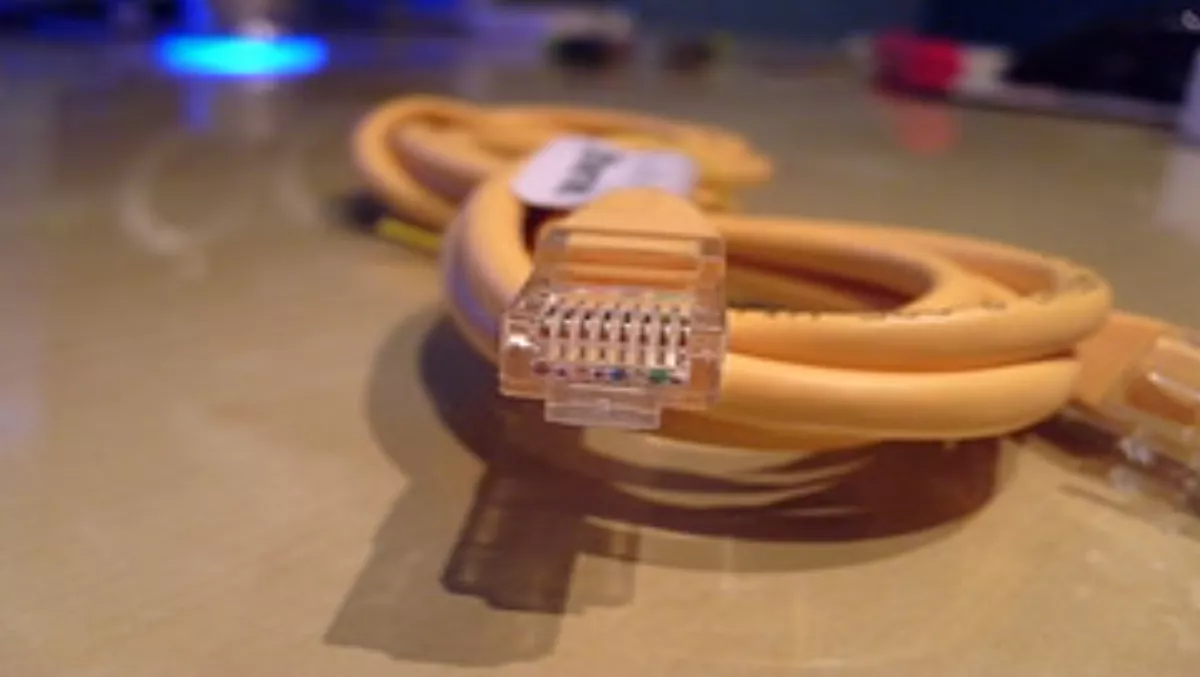
Meeting the 'capacity challenge' with microwave
The introduction of 4G networks coupled with the increasing uptake of data-rich smartphones is a headache for service providers. It's not just the volume of backhaul data traffic, but also the demand bursts created by 'killer apps' that compel mobile operators to look for more flexible backhaul solutions.
The problem lies in the backhaul link between a high bandwidth core and cell tower. This is traditionally provided by leased lines but, as bandwidth demands soar, scalability becomes a real issue.
Adding leased lines is not a viable solution because of the the high incremental cost, so there is growing interest in Carrier Ethernet for backhaul, not only for the simplicity of an all-IP network for data traffic, but also scalability in small, rapidly implemented steps. Ethernet is also highly adaptable – it can be accessed over copper, fiber optics, or microwave media, allowing enormous flexibility of deployment.
According to one industry analyst, Michael Howard of Infonetics Research, "Ethernet is the only solution for next generation mobile backhaul networks… operators are under pressure to deliver a lot more bandwidth in a highly cost-competitive market.
"Legacy TDM and ATM backhaul solutions cost too much and don't offer anything to match the scalability and other advantages of Carrier Ethernet."
Carrier Ethernet can transmit over a range of media: • Copper is traditional for voice and data-capable leased lines and is most prevalent where an established telephone network already exists. • Fiber offers far higher capacities but is not as widespread. It is a good choice for leased SONET/SDH and/or Ethernet services and high capacity operators often install their own dedicated fiber rather than incur ongoing lease costs. • Microwave's capacity levels match low-end fiber, with Gigabit capacity already achievable. It is usually purchased as a one-time capital expenditure, and the payback time for converting from leased T1/E1 or DS3 lines can be as little as 3 months. Today's packet and hybrid microwave systems support both TDM circuits and IP/Ethernet packets providing a next-generation transport alternative for voice and data networks.
The immediate advantage of microwave is its ability to create a link rapidly across any terrain without the cabling, trench digging and planning burden of wire or fiber. In 'third world' environments with poor legacy communications infrastructure, this is important. But it is also useful at the other extreme, as in Europe with its dense and heritage-sensitive urban landscape, where laying fiber requires costly and time consuming planning approval. For any temporary link, such as for rural sports coverage, it's by far the greenest option.
Spectrum licensing is not an issue – systems operating at license-exempt frequencies can be used immediately, and a license can normally be obtained within a month. The advantage of the licensed spectrum is that, given a clear line-of-sight, it offers better assurance of predictable, high quality service.
Go here to download a copy of the white paper Microwave Technologies for Carrier Ethernet Services.

